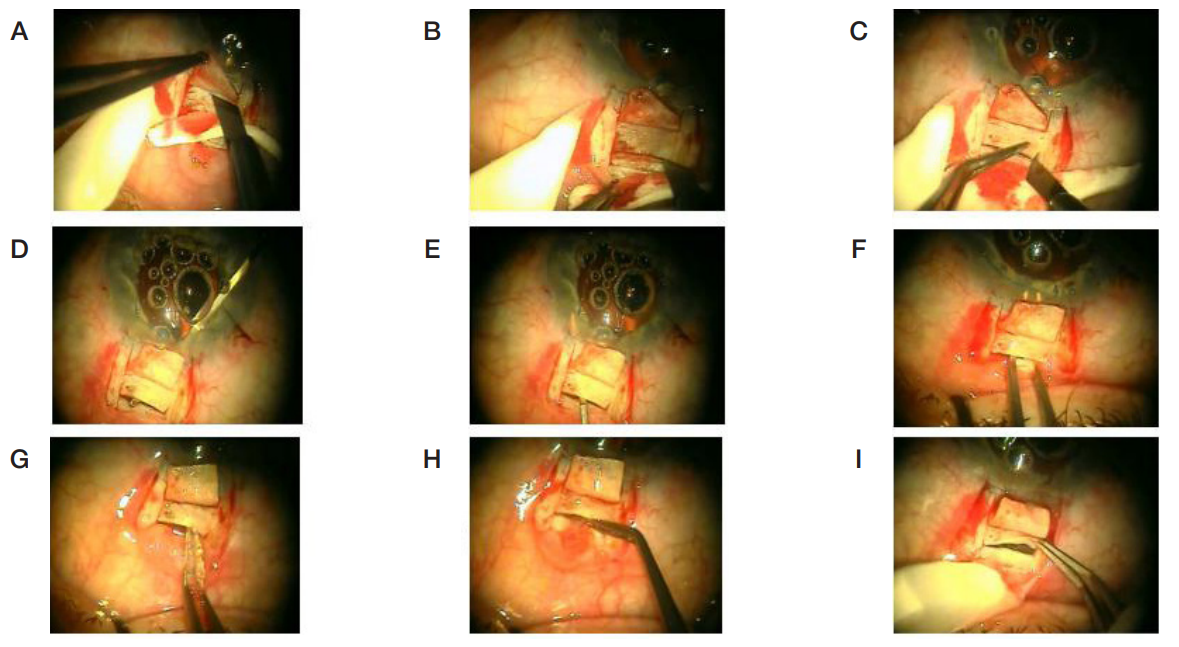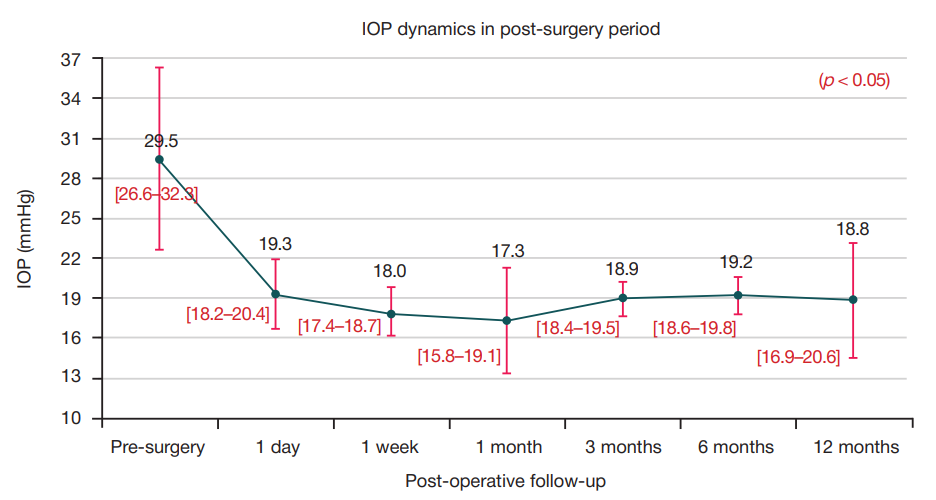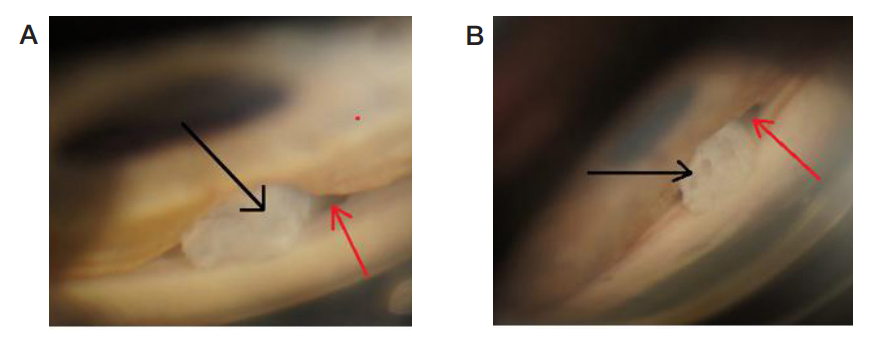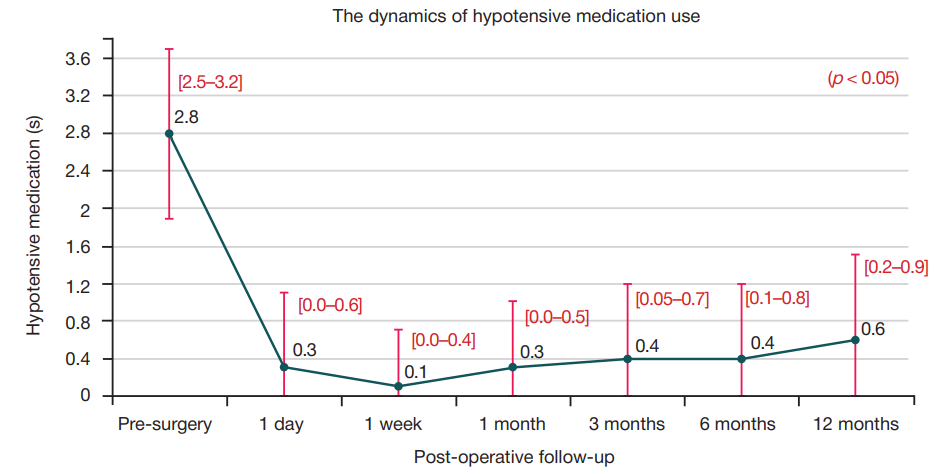
This article is an open access article distributed under the terms and conditions of the Creative Commons Attribution license (CC BY).
METHOD
Cyclodialysis ab externo with implantation of a collagen implant in surgical management of glaucoma
1 Peoples’ Friendship University of Russia, Moscow, Russia
2 Eye microsurgery center «Pro zrenie», Moscow province, Russia
3 Ophthalmic unit of Skhodnya City Hospital, Khimki, Moscow province, Russia
Correspondence should be addressed: Ahmad S. Shradqa
proezd Shokalskogo, 13, bl. 1, Moscow, 127221; moc.liamg@wocsom8891hs
Author contribution: Shradqa AS — study concept and design, data collection and processing, statistical processing, article authoring, design of graphs and drawings; Kumar V — study concept and design, data collection and processing, statistical processing, article authoring and editing, overall responsibility; Frolov MA — editing and overall responsibility; Dushina GN — study concept and design, data collection and processing, article editing; Bezzabotnov AI — study concept and design; data collection and processing; Abu Zaalan KA — data collection and processing.






